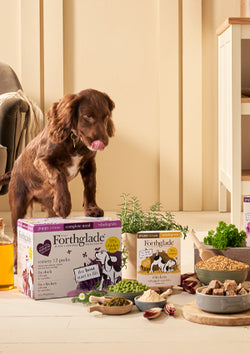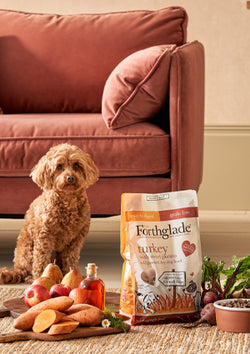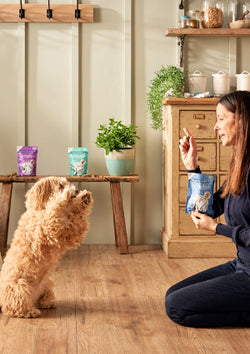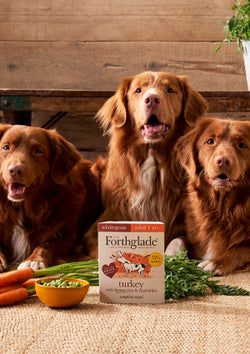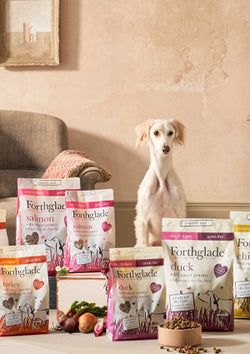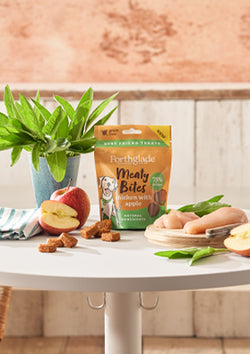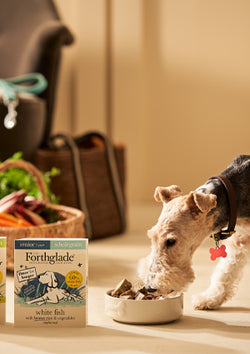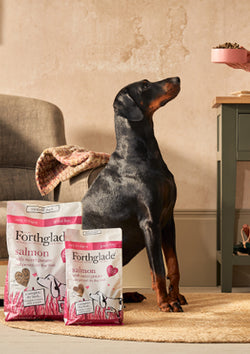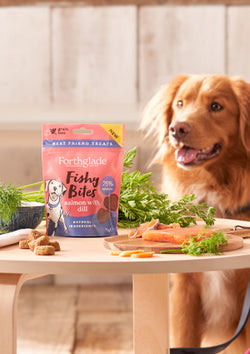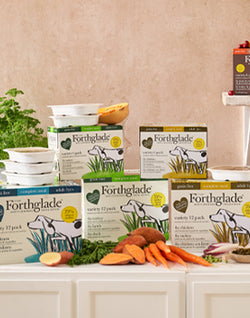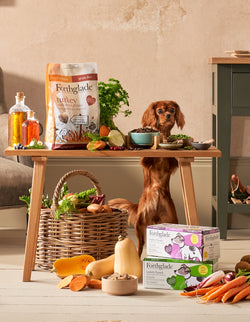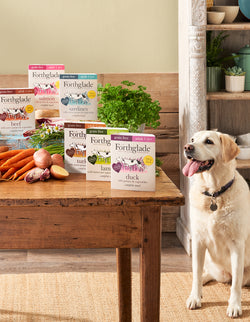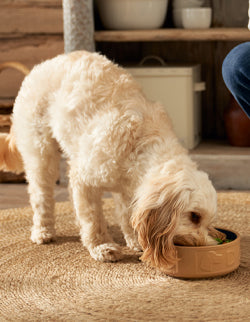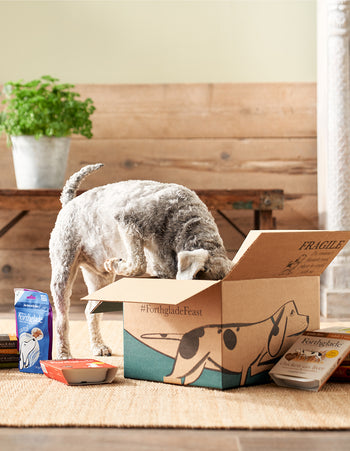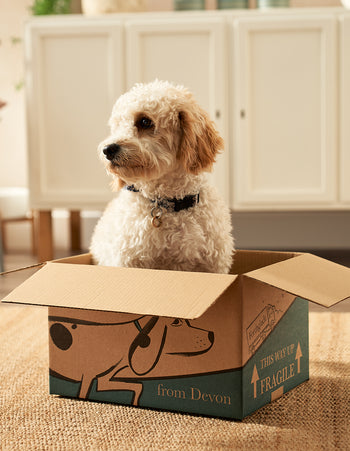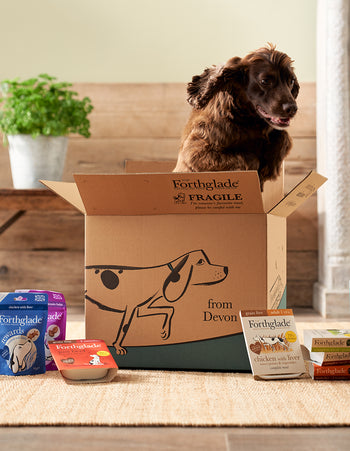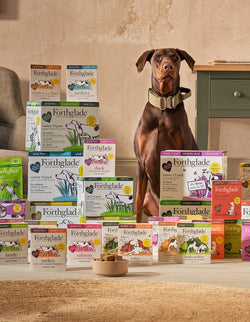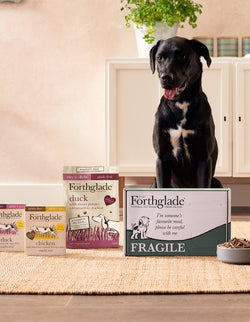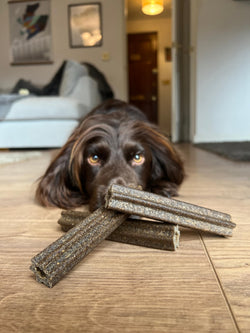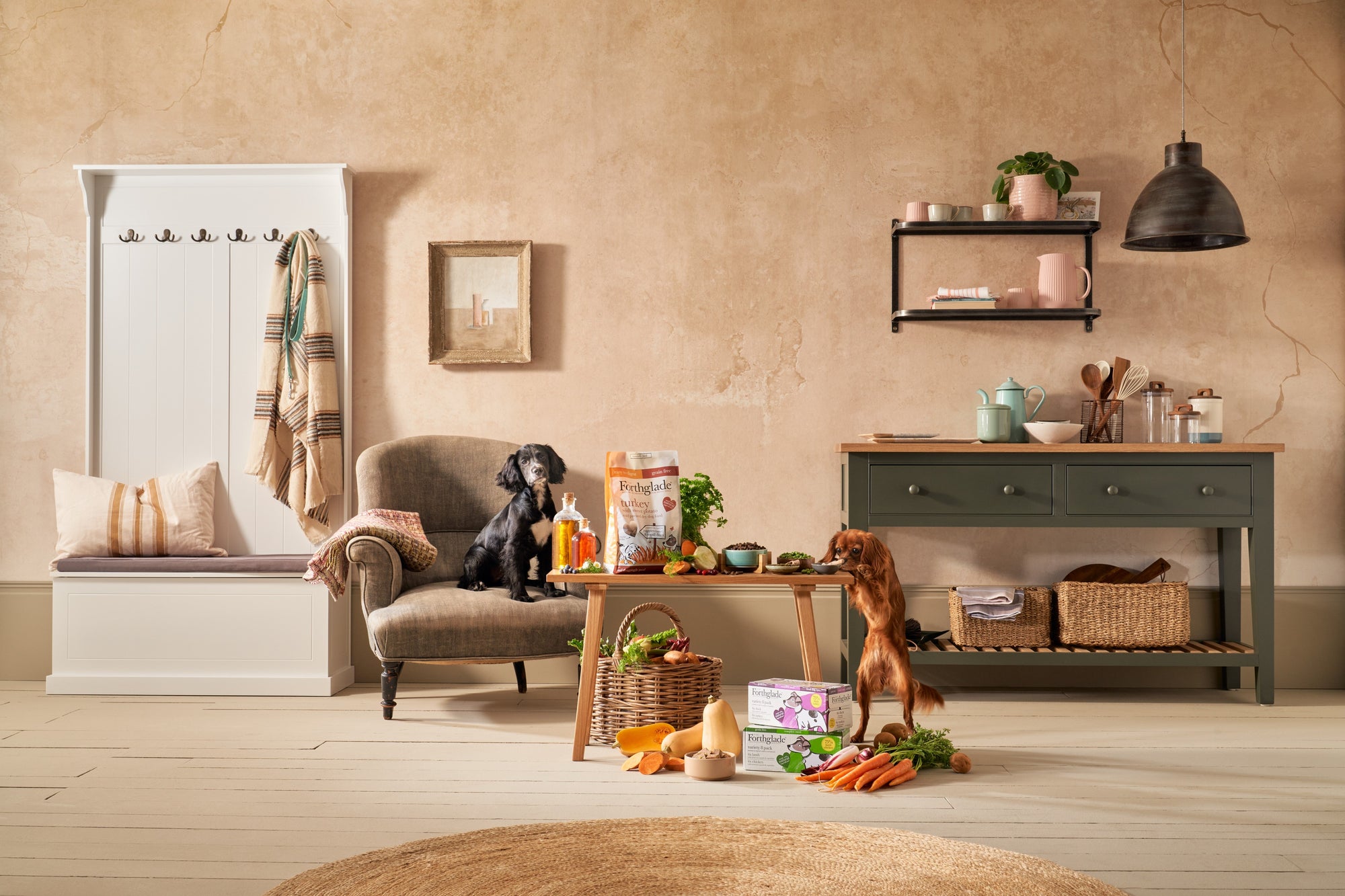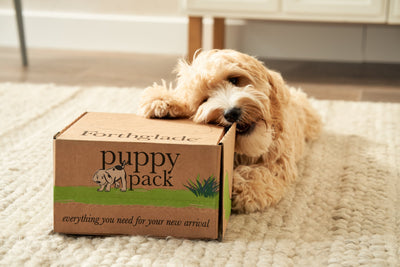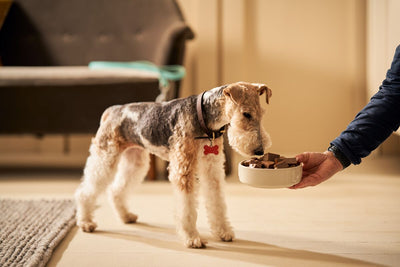Having a dog that pulls when you’re out for a walk can be a real drag. Our national UK dog walking survey showed that for dog owners, pulling on the lead is such a problem that it actually puts them off dog walking altogether. But training your dog to loose lead walk can actually improve the dreaded pulling situation.
We’re here to share some advice on how loose lead walking can help. After all, it’s so much more pleasant to have the option of walking your four-legged friend with confidence both on and off the lead.
What is Loose Lead Walking?
Essentially, loose lead walking is training your dog to walk on a lead by your side. You’ll be using a lead that’s not too short or too long, but just ‘loose enough’. Many owners make the mistake of having a tight lead that forces the dog to pull against it.
It’s a great exercise to practice to ensure walks are safe and enjoyable for both you and your four-legged friend. It also encourages your dog to pay you attention.
Why Does My Dog Pull On The Lead Anyway?

Dogs are inquisitive, curious creatures who are motivated by scent and engaging with others - humans or other dogs and animals. So, naturally, they pull to get where they want to go. And for fast-paced dogs, whether they’re big or small, us humans are usually far too slow!
Being tethered to us by a lead is not a natural state for your dog. Since it takes two to pull, they’ll automatically ‘lean in’ when they feel pressure on their collars and strain forward.
How Do I Train My Dog Not To Pull?
Start loose lead training indoors, away from other distractions. Begin your training in a quiet room, with no noises, smells or other people and animals before you take to the streets.
What Kit Do I Need For Loose Lead Walking?
No training tool should be a replacement for actually training your dog. However, the right equipment can support you with getting a grip on your lead pulling problem.
Once you’ve got your pup under control with the right head collar, harness and leads, you can embrace training with confidence. No more worrying about being dragged down the road (embarrassing) or being pulled over (ouch).
Use A Front-fastening Head Collar or Harness To Gently ‘Steer’ Your Dog
There are many harnesses and head collars on the market that can help with pulling, but they’re not a magic wand. They make the training process easier but you still need to train your dog.
The best tools are head collars or harnesses that attach at the front and give you a ‘power steering’ effect to direct your dog during training. We like the 2-Hounds Freedom No-Pull Harness, which is safe, comfortable, gentle and robust and used by trainers and behaviourists.
Collars that tighten around a dog’s neck can actually teach the dog to pull to get away from the pain, so avoid these. Also, avoid harnesses where the leash attaches at the back, as this just gives dogs even more strength to pull through their shoulders.
Use Two Leads: One for Training And The Other For Walking
This takes a lot of practice and can be difficult to integrate into real life! Sometimes you just need to get on and do the walk, and don’t have time for all the back and forth of a training session.
A top tip is to have two kinds of leads for walking: one where your dog can pull a bit (not dragging you, but not perfect walking either) and another for perfect walking.
- When you have time, use the lead where no pulling is ever rewarded. When you need a quick walk, use the other.
- Perhaps you teach your dog to never pull when they’re on the head collar, and you’re more relaxed on a collar and long lead.
- Or maybe your dog should never pull when on a collar and short lead, but can pull a bit when wearing a harness. The choice is yours as to whatever works for you.
Over time, as your dog gets better at loose lead walking, you’ll be able to spend less time on the pulling set-up and more time on the non-pulling set-up, until your dog is eventually walking well all the time.
How Do I Train My Dog To Walk On A Loose Lead?

Here are the first steps to getting your dog to walk nicely on their loose lead.
1. Think Goldilocks when it comes to your lead
Not too long or short, but just right. Try this Heavy Duty Rope Bungee Lead for Large and Medium Dogs with Anti-pull for Shock Absorption.
2. Start with your dog on either your right or left side
You choose, but be consistent. You are aiming to walk with your dog at your side, not in front.
3. When Your Dog Is At Your Side, Walk On
Many owners try to use treats as a reward for walking on the lead, and these can be used on occasion. However, the real reward is you walking forwards where the dog wants to go.
4. As Soon As Your Dog Creeps In Front, Encourage Them Back To Your Side
Before they hit the end of a lead and have been rewarded for pulling for even a second, you must stop walking and encourage them back to your side.
5. Don’t Wait Too Long When Your Dog Is Back At Your Side Before Walking Forward Again
Taking a few seconds to praise your dog, getting a treat out of your pocket and giving it to them, or asking them to sit creates a back-and-forth yo-yo effect, hindering your progress.
6. As Soon As Your Dog Is At Your Side Again, Swiftly Walk Forward
Don’t hesitate with praise: in order for your dog to learn that being in that position caused the walking forward, act quickly! Remember, the reward is you walking forwards to where they want to go.
Make Loose Lead Walking Fun!
Make staying beside you a game. Keep them interested and intrigued. Talk to your dog, change speed and direction, do turns and circles, walk backwards. Before you know it, you’ll be ready to practice this everywhere, from the garden to the park or anywhere with distraction.
Did you know that the daily dog walk is in decline? We can't believe it either, but it’s true. Join us in our campaign to encourage longer and more mindful dog walking across the UK, for happier, healthier dogs and owners! Take up the six-week dog walk challenge.
This article is supported by Dr Carri Westgarth, dog walking expert and lecturer in human animal interaction at the University of Liverpool.














 Over 7,339 5* Reviews
Over 7,339 5* Reviews
 Established since 1971 - Made in Devon!
Established since 1971 - Made in Devon!
